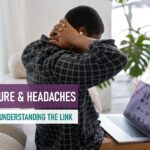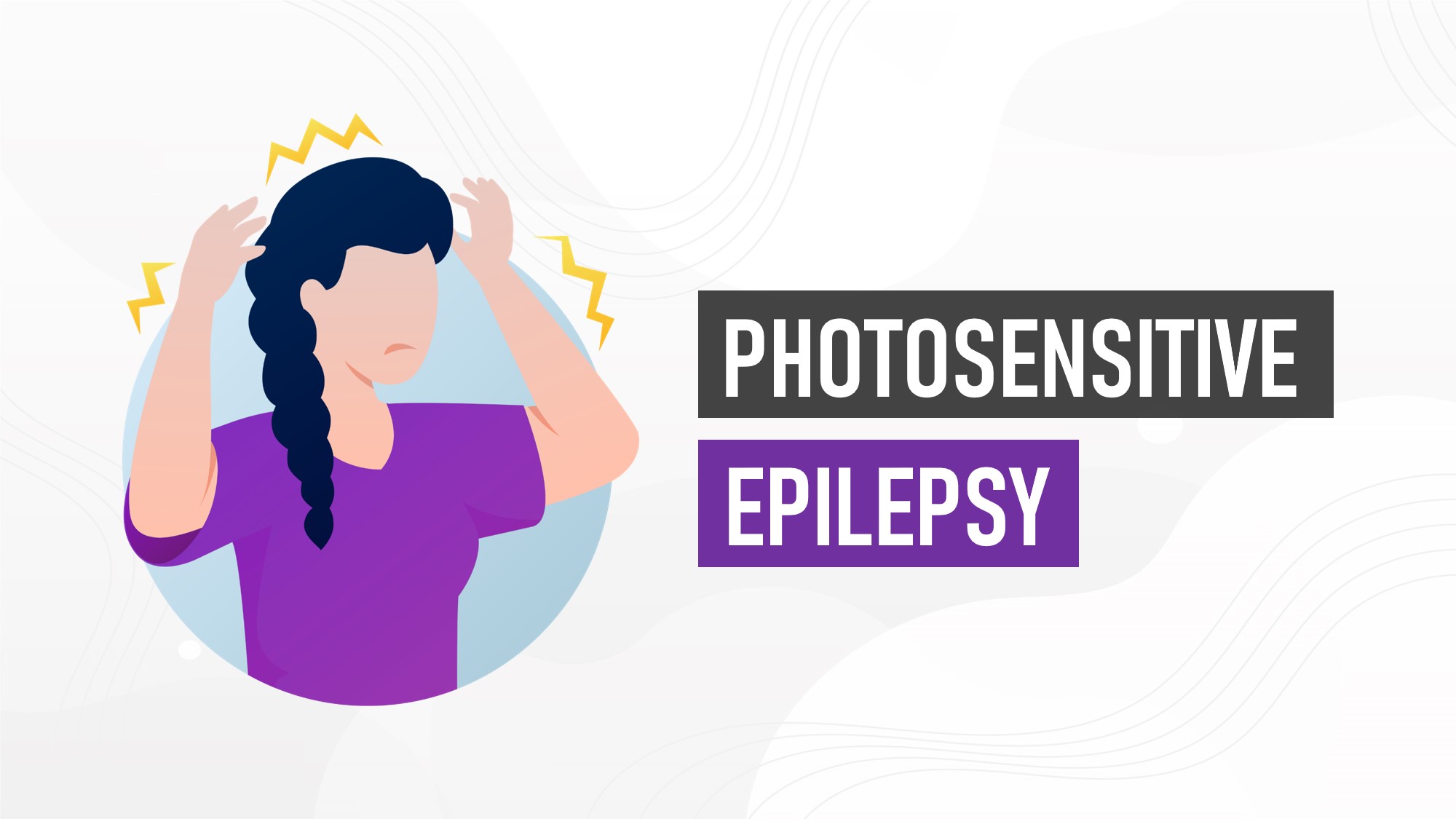What is Photosensitive Epilepsy?
Photosensitive epilepsy is characterized by seizures triggered by flashing or flickering light. It’s most common in children and tends to become less common with age.
Video games and television are the most common triggers, but natural light sources can also trigger them. For example, some people may experience seizures after looking at sunlight.
Many people aren’t aware that they have photosensitive epilepsy until they have their first seizure.
Also…
Flashing or patterned effects can make people with or without epilepsy feel disorientated, uncomfortable or unwell. This does not necessarily mean they have photosensitive epilepsy.
To know more about photosensitive epilepsy, here are some frequently asked questions.
Photosensitive Epilepsy – Frequently Asked Questions
Photosensitive epilepsy is when you experience seizures after exposure to flashing or flickering lights. It's most commonly triggered by watching television or playing video games, but it can also be triggered by natural light and static images with highly contrasting patterns.
Images flash very quickly and generally this is too quickly to trigger a seizure in people with photosensitive epilepsy. However, the field of view is large and so more of the eye is stimulated. This means that more of the brain may be affected and this may trigger a seizure.
People with photosensitive epilepsy typically have what's called a "generalized tonic-clonic seizure." This is also known as a convulsive seizure. A tonic-clonic seizure should last no more than five minutes.
Some studies suggest that wearing polaroid sunglasses or blue-toned lenses may be effective at reducing the risk of seizures.
Some people do outgrow their seizures, but the decrease in the chance for seizures may not happen for many years: 75% of people with photosensitive reflex epilepsy continue to have seizures after age 25 if not treated.
Photosensitive epilepsy usually responds well to anti-epileptic drugs (AEDs) that treat generalized seizures (seizures that affect both sides of the brain at once).
- Tiredness, stress or excitement.
- A light and dark pattern moving quickly.
- Seeing the effect against a dark background, such as watching a screen in a darkened room.







